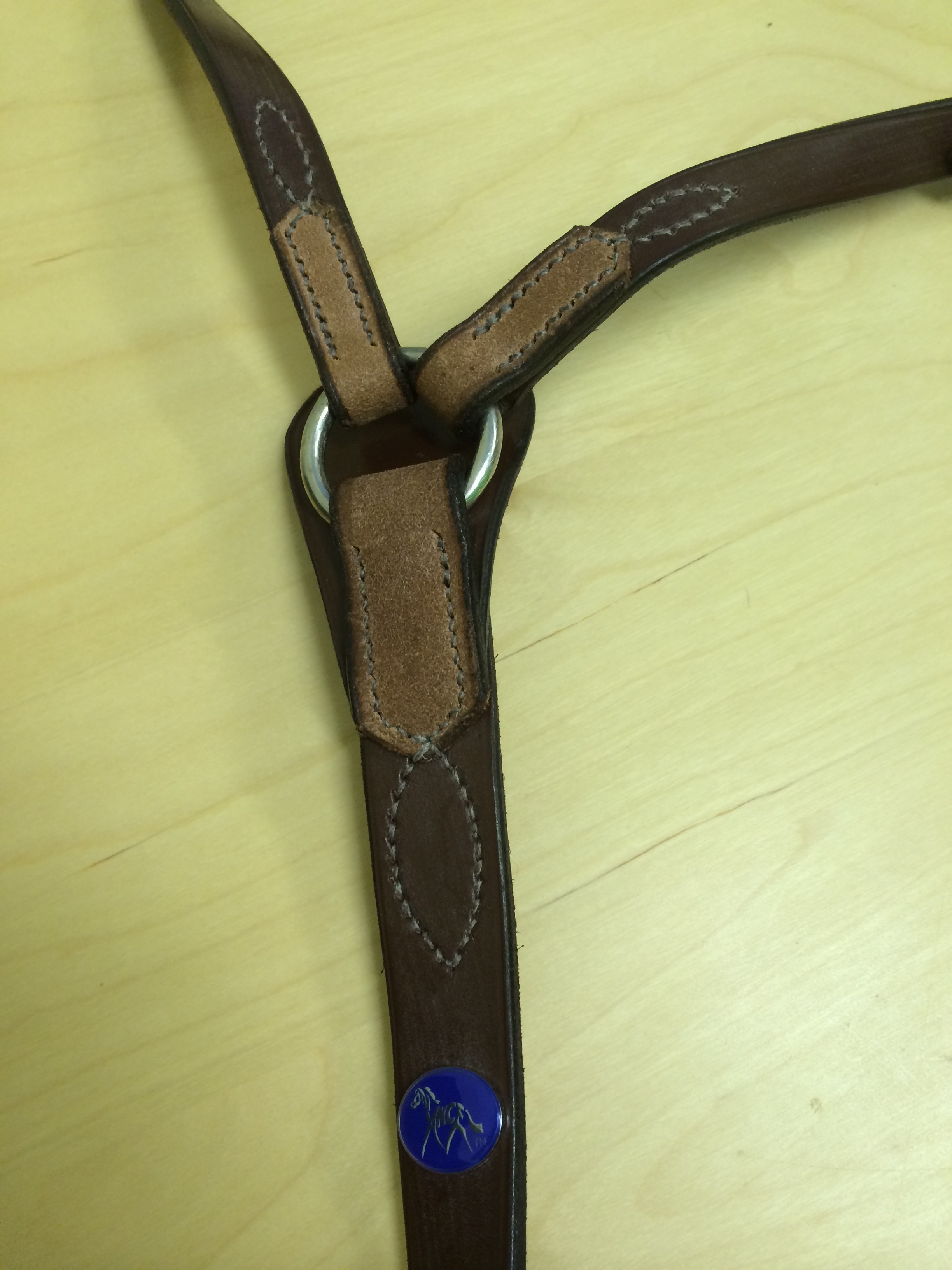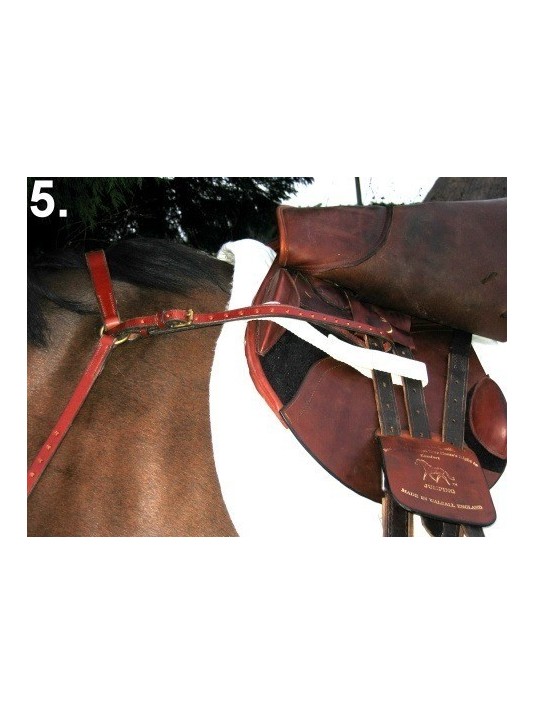BALANCE English Hunting Style Breastplate REGULAR
- Home
- Categories
- Saddle Accessories
- BALANCE Designed Breastplates
- BALANCE English Hunting Style Breastplate REGULAR
Please note: That from October 2023, all of the BALANCE-designed products are no longer available from The BALANCE SAddle Company Ltd. and this website. The production and sales of the full BALANCE range of saddles, saddle pads and harness/training equipment is now being managed by THV Saddling. The products themselves and the manufacturers are the same as under BALANCE, but will now show the THV Saddling Logo.
The BALANCE English Hunting Style Breastplate
Sizing. To help you to decide if your horse needs this size, we can tell you that if you measure around the base of your horse's neck, to where the neck strap will lie. The 3 sizes will adjust as follows:
This REGULAR size breastplate adjusts from 60 inches (approx. 152cm) to 70 inches (approx. 178cm) around the neck.
The strap that goes to the girth, between the front legs adjusts in length from 26 inches (approx. 66cm) to 33 inches (approx. 84cm)
A breastplate should be considered an essential piece of equipment for anyone:
- Who goes long distance trail riding over hilly country
- Who goes Hunting
- Who goes Cross Country jumping
- Who plans to start a young horse under saddle. **
- Who uses their horse to cut Cattle!
- Who is a Novice Rider.
- Who is not laterally stable in a saddle.
Indeed, BALANCE recommends the use of the breastplate to any rider who will be riding over hilly terrain and/or making tight turns at speed e.g. show jumping, cross country events, endurance riding/racing.
**When starting a young horse it is very important that they are never frightened by having a roller, surcingle or saddle slipping around them. Therefore, a well designed and fitted breastplate should be used with anything/everything that is fastened around their rib-cage at the start of their ridden lives. Young horses are easily frightened and can be unpredictable and athletic in their responses! It is important that if they buck or spook, the saddle and or roller they are wearing cannot end up under their belly and the breastplate can stop this from happening.
The English Hunting Breastplate was originally designed with long fixing straps to attach much lower on the saddle/roller than many modern breastplates allow. This is a better arrangement, as it is more secure and more stable when you can attach the straps to the girth straps/billets of the saddle and not the D rings or Fall-Down Rings at the top of the saddle. Because this original method of attaching a breastplate went out of fashion, it became difficult to find breastplates that would allow riders to attach to the girth straps/billets, so BALANCE found someone who could make breastplates that have long enough straps and a high level of adjustment in most of the straps, to ensure a comfortable fit for most sizes/shapes of horse/pony.
Many conventional saddles are fitted tight enough to do a good job of hiding a riders’ lack of balance. When the rider is unbalanced they often load more weight into one side of the saddle or into one stirrup. A saddle that is fitted to be comfortable for the horse, like a BALANCE saddle, can be moved to the side by an unbalanced rider. The breastplate can help to stop the saddle moving beyond the point of no return and therefore assist with some lateral stability and security until the riders are balanced.
Think of the breastplate as training wheels on a bicycle.
You may find the breastplate unnecessary if your balance and co-ordination are good. However, this is best evaluated in a safe environment! With the breastplate in position and used as intended, it will reduce the likelihood of the saddle getting excessively displaced by the rider.
Another feature of the BALANCE breastplates is that they are made with the ends of the straps turned outwards, to leave the smooth side next to the horse. This is unusual in bridlework because almost every piece of equipment that you will find in a tackshop, will have been made to look beautiful from the outside (the human side) but often at a cost to the horse's comfort!

Once again, BALANCE is pushing for a change in attitude so that the horse's comfort and wellbeing is the priority.
They are available in colours that are sympathetic to BALANCE saddle colours.
About
Being able to move in a powerful, balanced and engaged way, without restriction or discomfort, is every horse’s birth-right and essential in order for him to be able to carry the unnatural weight of a rider, without doing harm to himself.





